In nature you don’t need sleep promoting light bulbs. Sunlight is cool-tinged during the morning and becomes redder towards the evening. Waking you up and easing you to dreamland.
Looking at artificial blue light tricks your body into thinking you need to wake up and start your day – even if it’s 10pm. Computer and phone screens emit concentrated blue light, which keeps you awake long after turning your device off.
Blue light suppresses your body’s production of melatonin, a hormone which helps to regulate your circadian rhythm and makes you feel sleepy in the evening.
There are a range of blue light blocking products out there – from glasses to screen covers to apps – which are designed to reduce the blue glow from a screen. But even if you’re careful about avoiding gadgets before bed, it may not be enough to normalize your sleeping patterns.
What color is your night light? It may affect your energy levels, mood, and health..
Normal household lighting also gives off blue light, and studies have shown that normal room lighting can suppress melatonin production in the same way as bright electronic devices.
One study found that hamsters exposed to red light overnight showed less evidence of depressive-like symptoms, when compared to animals exposed to white or blue light. Total darkness overnight still offered the best health benefits, but red light was far less harmful than the other shades.
In an ideal world, we would all go to bed when the sun goes down and wake up with the dawn – but try explaining to your boss that you can’t start work until 10am in winter.
To make the most of your evenings without ruining your sleep, try one of these sleep promoting lights designed to filter out harmful blue light.
Ready to ditch the sleeping pills?
1. Amber LED Night Light With Sensor
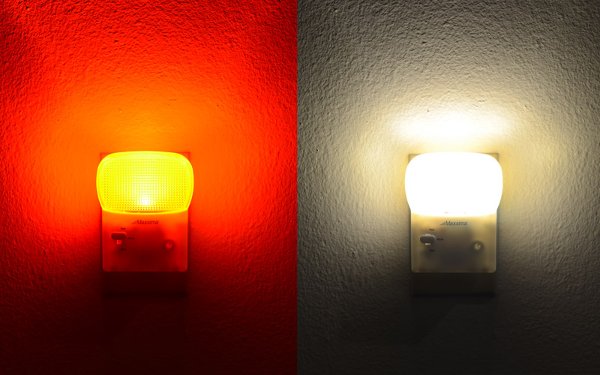
This night light has super-bright LEDs that give off a warm amber light. It’s ideal for kids’ and babies’ rooms, as it gives enough light to see clearly without being so bright that it disturbs sleep patterns.
If you often get up in the night, try using these night lights around the house rather than turning on the overhead light: you’ll fall back to sleep much faster without the blue-tinged glare of a bright bulb.
Their inbuilt sensor means they automatically switch on when it gets dark and turn off again when it’s light, so you won’t need to go around the house unplugging them in the morning.
2. Holi Sleep Companion
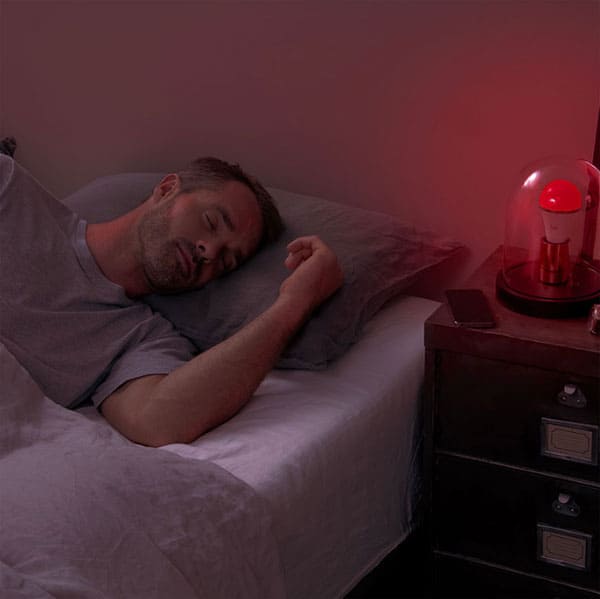
This sleep companion gives off cold blue light to wake you up in the morning, and warm reddish light to help you sleep at night – but a lot of products on the market will offer that.
The unique thing about this light is the way that it links to your smartphone to help you track the quality of your sleep. Holi Sleep Companion monitors factors known to affect sleep (like temperature and noise) and analyses your sleep patterns.
The app will even tell you if you’re starting to run up a sleep deficit, and suggests concrete actions to help you sleep better.
3. Drift Light
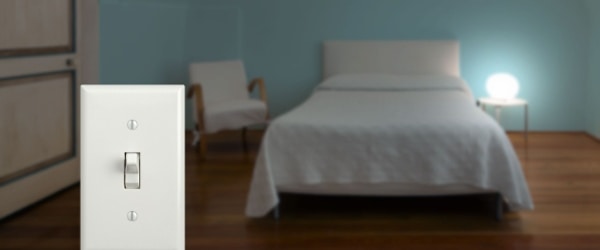
The human body isn’t well equipped for a sudden plunge into darkness. Even if you’re doing everything right, by limiting screen time before bed and using a red light in the evening, you’ll probably spend some time tossing and turning after you switch off your bedside light.
The Drift Night Light is designed to mimic the effect of a sunset, to signal to your body that it’s time to go to sleep. The brightness dims gradually over half an hour, allowing you enough time to finish a chapter in your book and settle down to bed.
It also has “moonlight” mode, where the light will keep glowing very gently instead of switching off, which is great for anyone who doesn’t like to sleep in a pitch-black room.
4. NASA sleep promoting light bulb
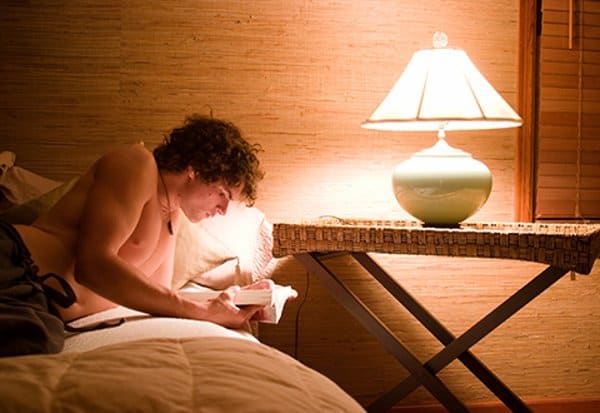
Astronauts need a full eight hours’ sleep, but can you imagine how hard it is to nod off in a rocket? Sleep deprivation is unpleasant enough here on Earth, but it’s far more serious for an astronaut who’s handling millions of dollars of sensitive scientific equipment in zero gravity.
These light bulbs are based on a NASA design, made to help astronauts keep to their natural circadian rhythms in very unnatural circumstances. It contains a patented filter to reduce blue light by 50%. Although it’s as bright as a 65-watt bulb, the pinkish tinge of the light means you won’t be kept awake by using it before bed.
5. LIFX
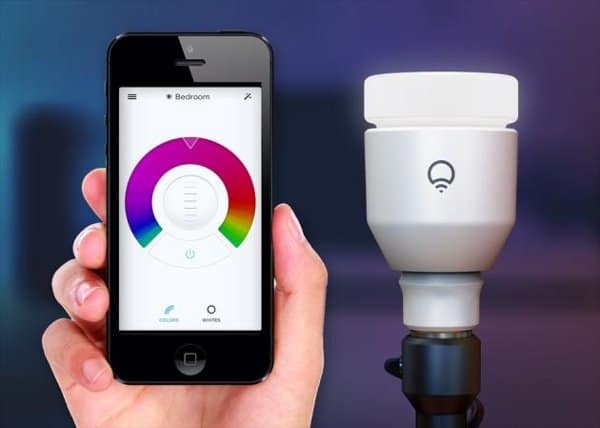
This smart lightbulb can give off a rainbow of colors, including 1000 different shades of white light. It’s fun to play with different settings (try the “haunted house” setting for flickering Halloween lights), and by linking it up to an app like Siri or Alexa you can activate it by voice command.
But the reason it’s so good for sleeping is that you can experiment with different lighting configurations, then save the one which works for you. Faint red light all night? Bright amber light for reading? Blue light to wake you up?
Set your preferred program using your smartphone, then the bulb will automatically come on every night at the same time. You can even set it to dim or switch from one color to another. Get LIFX here.
6. Melatonin promoting SCS Lighting Sleep-Ready Light
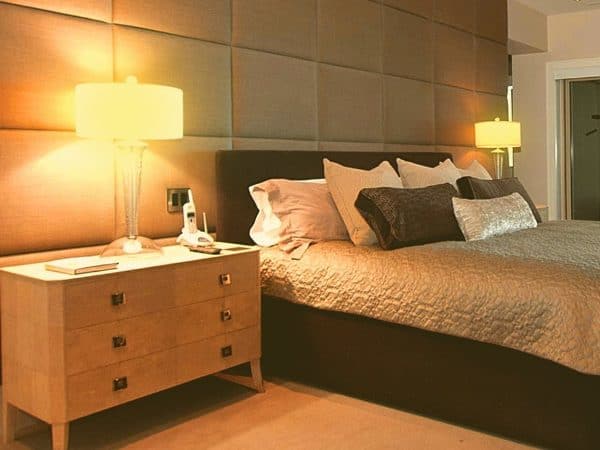
This light bulb is designed to give off orange-tinted light, which lulls your body into thinking it’s time to sleep. Most amber-colored lights still give off a bit of light in the blue spectrum, even though they look yellow. Shine this light on something blue, and your item will look black: that’s how you know this gives off absolutely no blue light.
The color distortion means this bulb is terrible for ambient lighting but ideal for use in a bedside lamp. It won’t disrupt your melatonin production like a normal white bulb. The glow is bright enough to read a book by, but you’ll probably find yourself nodding off after the first two pages.
7. GoodNight Biological LED Lamp
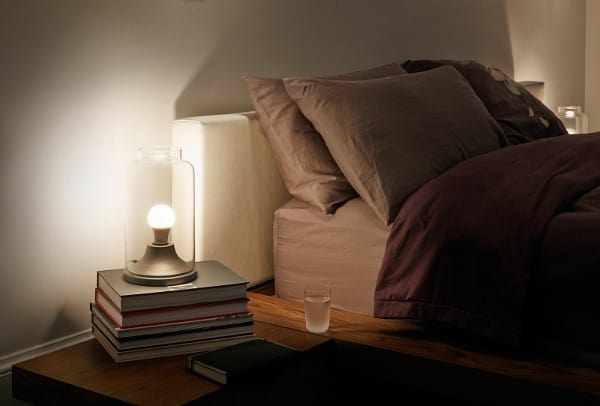
This is one of a range of carefully-calibrated light bulbs, made to maximize your performance by hacking your body’s response to different types of light. This nighttime bulb provides red-tinged light to support the production of melatonin.
There’s also a similar bulb made for babies, which is bright enough to read a bedtime story or change a diaper but doesn’t have the blue-wave light that makes it hard to fall asleep.
The same company makes Good Day bulbs, based on the daylight-mimicking technology that NASA uses to keep astronauts healthy, and Awake and Alert bulbs with blue-tinged light to wake you up in the morning.
8. Sleep Friendly Battery-Powered Motion-Sensing LED Stick-Anywhere Night light with Amber Color Light
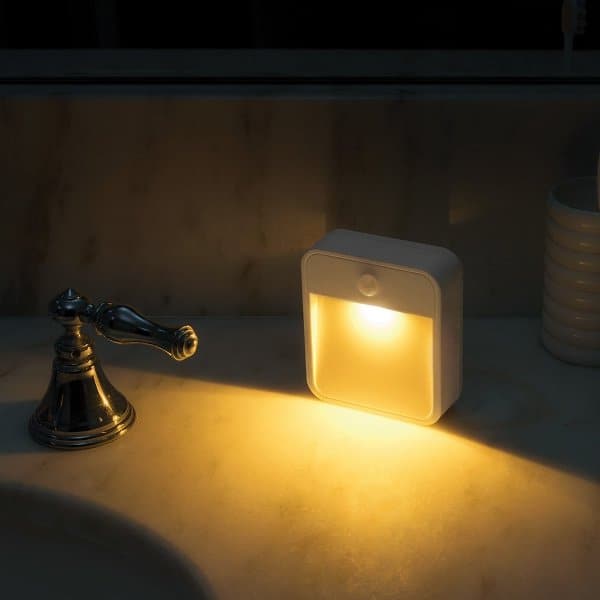
When you get up in the middle of the night, there’s a choice between blundering around in the dark or ruining your sleep by putting on a bright overhead light. This night light has both motion and light sensors, so it switches on automatically when you walk past it in the dark – no more stubbing your toes on your way to the bathroom.
You can put it anywhere, since it’s battery-powered and comes with double-sided adhesive, and the auto shut-off feature means there’s no electricity wasted. It’s also great for illuminating dark corners of your house, such as cupboards or dim stairwells.
Wrapping it up
We spend $200 a year on sleeping pills, and up to $1200 on sleep therapy. It’s time for a better solution.
Remember, whatever light source you choose, stick to red-tinged light in the evening. That’s why I love the soothing pink glow of my Himalayan Pink Salt lamp – I put it on while relaxing in the evening and the warm light seems to relax me before bed. Although, I’m not sure if it works as well as the bulbs mentioned above as there’s currently a normal light bulb in it.
Once it comes to morning, I use blue light to get me revved up. Even if I have to get up while it’s still dark, the cold light helps to regulate my body clock and convince my brain that, yes, even though it’s 6am it’s still time to get going. My artificial dawn wake-up light has been an absolute lifesaver on dark winter mornings.
References
Sleeping In Space. Nasa.gov.
What Color is Your Night Light? It May Affect Your Mood. Ohio State University.
The impact of light from computer monitors on melatonin levels in college students. PubMed.
Effects of blue light on the circadian system and eye physiology. PubMed.
Exposure to Room Light before Bedtime Suppresses Melatonin Onset and Shortens Melatonin Duration in Humans. PubMed.
Last Updated on November 29, 2018 by Tyler
